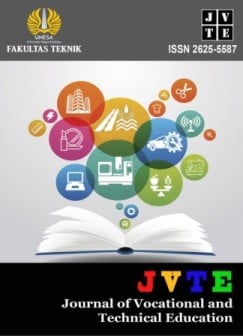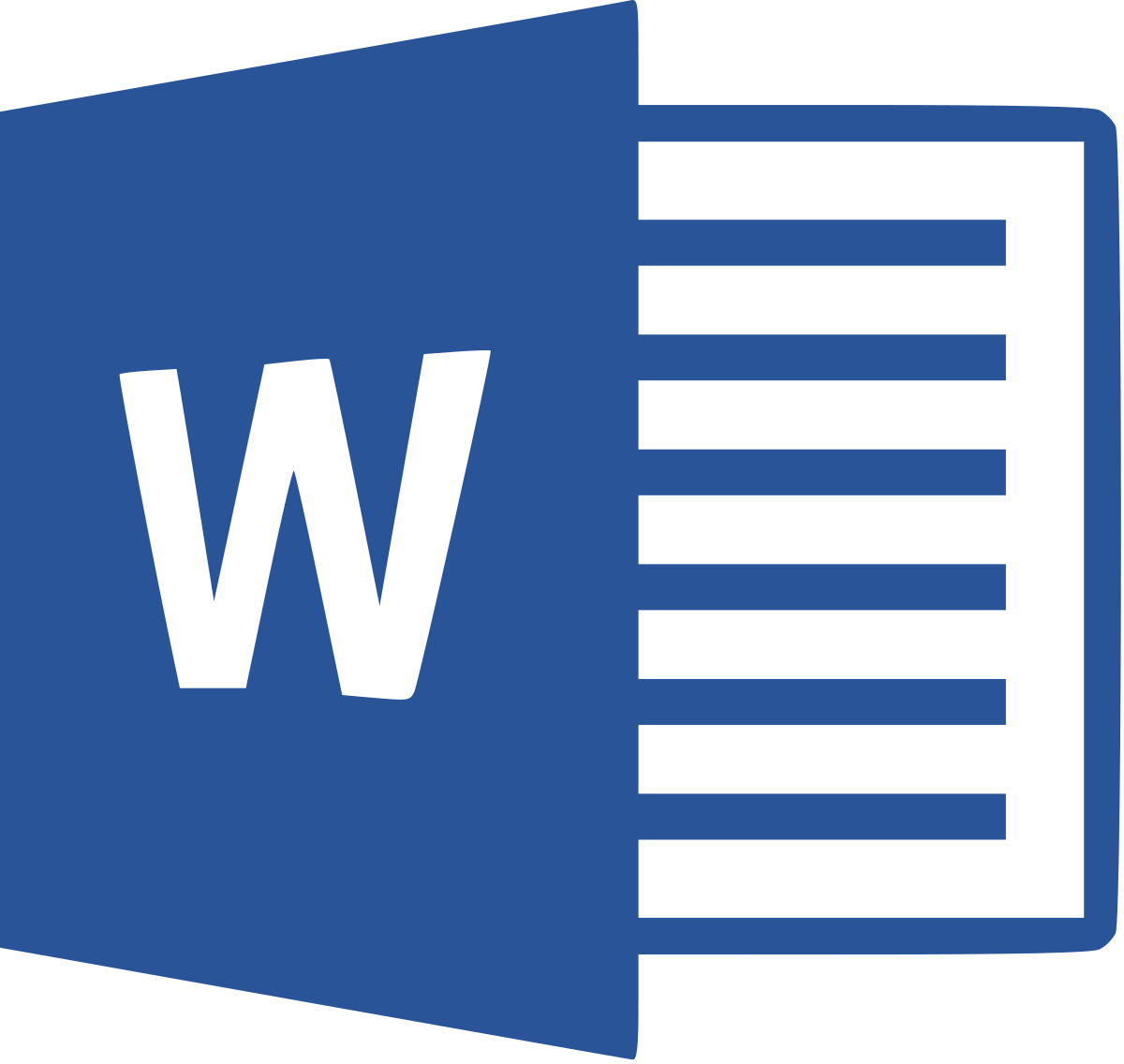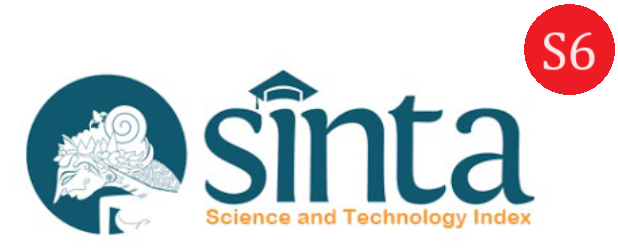Analisis Transisi Pembelajaran Pasca Pandemi Dari Daring ke Luring Di SMKN 3 Surabaya
DOI:
https://doi.org/10.26740/jvte.v5n2.p74-84Keywords:
covid-19,, pembelajaran daring dan luring, nilai UASAbstract
Penyebaran covid-19 sudah mulai menyusut sehingga pemerintah mengeluarkan kebijakan memberlakukan pembelajaran secara offline. Sekolah. SMKN 3 Surabaya merupakan sekolah yang terdampak covid-19. Pada pembelajaran yang telah dilaksanakan secara offline guru banyak mengeluh terkait siswa dalam pembelajaran dikelas karena perlu akan penyesuaian dari efek pembelajaran daring ke luring. Tujuan penelitian ini yaitu untuk menganalisis transisi pembelajaran pasca pandemi dari daring ke luring di SMK Negeri 3 Surabaya. Metode pada penelitian ini adalah deskriptif kuantitatif. Metode pengumpulan data yang digunakan yaitu: observasi nilai UAS Ketika daring dan luring, dokumentasi dan penyebaran kuesioner online melalui google form kepada guru otomotif dan siswa kelas XI dan XII TKRO di SMKN 3 Surabaya. Teknik analisis data yang digunakan peneliti yaitu analisis deskriptif dan uji prasyarat. Uji prasyarat yang digunakan yaitu: uji normalitas, uji homogenitas dan uji hipotesis (t). hasil penelitian ini yaitu sebanyak 56% siswa tertarik pada pembelajaran luring diperkuat juga oleh respon guru sebanyak 53% guru menyukai pembelajaran luring. pada data nilai UAS dengan uji normalitas mendapatkan 0,059>0,005 maka data terdistribusi dengan normal, lalu dilanjutkan dengan uji homogenitas mendapatkan nilai 0,293>0,005 maka data tersebut homogen dan dilanjutkan dengan uji hipotesis mendapatkan nilai 0,00<0,05 dengan kesimpulan terdapat perbedaan hasil belajar pada pembelajaran daring dan luring dengan nilai mean 76,9 (daring) dan 83,4 (luring)
The spread of covid-19 has begun to shrink so the government issued a policy to impose offline learning in schools. SMKN 3 Surabaya is a school affected by covid-19. In learning that has been carried out offline, teachers complain a lot about students in class learning because they need to adjust from the effects of online to offline learning. So the purpose of this study is to analyze the post-pandemic learning transition from online to offline at SMK Negeri 3 Surabaya. this research uses quantitative descriptive methods. The data collection methods used: were the observation of UAS scores when online and offline, documentation, and distributing online questionnaires via Google form to teacher otomotif dan student classes XI and XII TKRO at SMKN 3 Surabaya. The data analysis techniques used by researchers are descriptive analysis and prerequisite tests. The prerequisite tests used were: normality test, homogeneity test, and hypothesis test (t). the results of this study are as many as 56% of students are interested in offline learning strengthened also by the teacher's response as much as 53% of teachers like offline learning. on the UAS score data with the normality test getting 0.059>0.005 then the data is normal, then continued with the homogeneity test getting a value of 0.293>0.005 the data is homogeneous, and continued with the hypothesis test getting a value of 0.00<0.05 with the conclusion that there are normality, homogeneity, and hypothesis tests differences in learning outcomes in online and offline learning with a mean value of 76.9 (online) and 83.4 (offline).
References
Yusuf Bilfaqih M. Nur Qomarudin, Esensi Penyusunan Materi Pembelajaran Daring. Yogyakarta: Deepublish, 2015. [Online]. Available: https://www.researchgate.net/publication/291357185_Esensi_Penyusunan_Materi_Pembelajaran_Daring
I. Y. Meda Yuliani, Janner Simarmata, Siti Saodah Susanti, Eni Mahawati, Rano Indradi Sudra, Heri Dwiyanto, Edi Irawan, Dewa Putu Yudhi Ardiana, Muttaqin Muttaqin, Pembelajaran Daring untuk Pendidikan: Teori dan Penerapan. Yayasan Kita Menulis, 2020. [Online]. Available: https://books.google.co.id/books?id=iuz4DwAAQBAJ&printsec=copyright&hl=id#v=onepage&q&f=false
Ahmad Subandi, Psikologi Sosial. Jakarta: Bulan Bintang, 1982.
Suharsimi Arikunto, PROSEDUR PENELITIAN SUATU PENDEKATAN PRAKTIK. Jakarta: PT RINEKA CIPTA, 2010.
Asrul, R. Ananda, and Rosinta, Evaluasi Pembajalaran. 2014.
Downloads
Published
How to Cite
Issue
Section
License

This work is licensed under a Creative Commons Attribution-NonCommercial-ShareAlike 4.0 International License.
 Abstract views: 199
,
Abstract views: 199
, PDF Downloads: 456
PDF Downloads: 456






